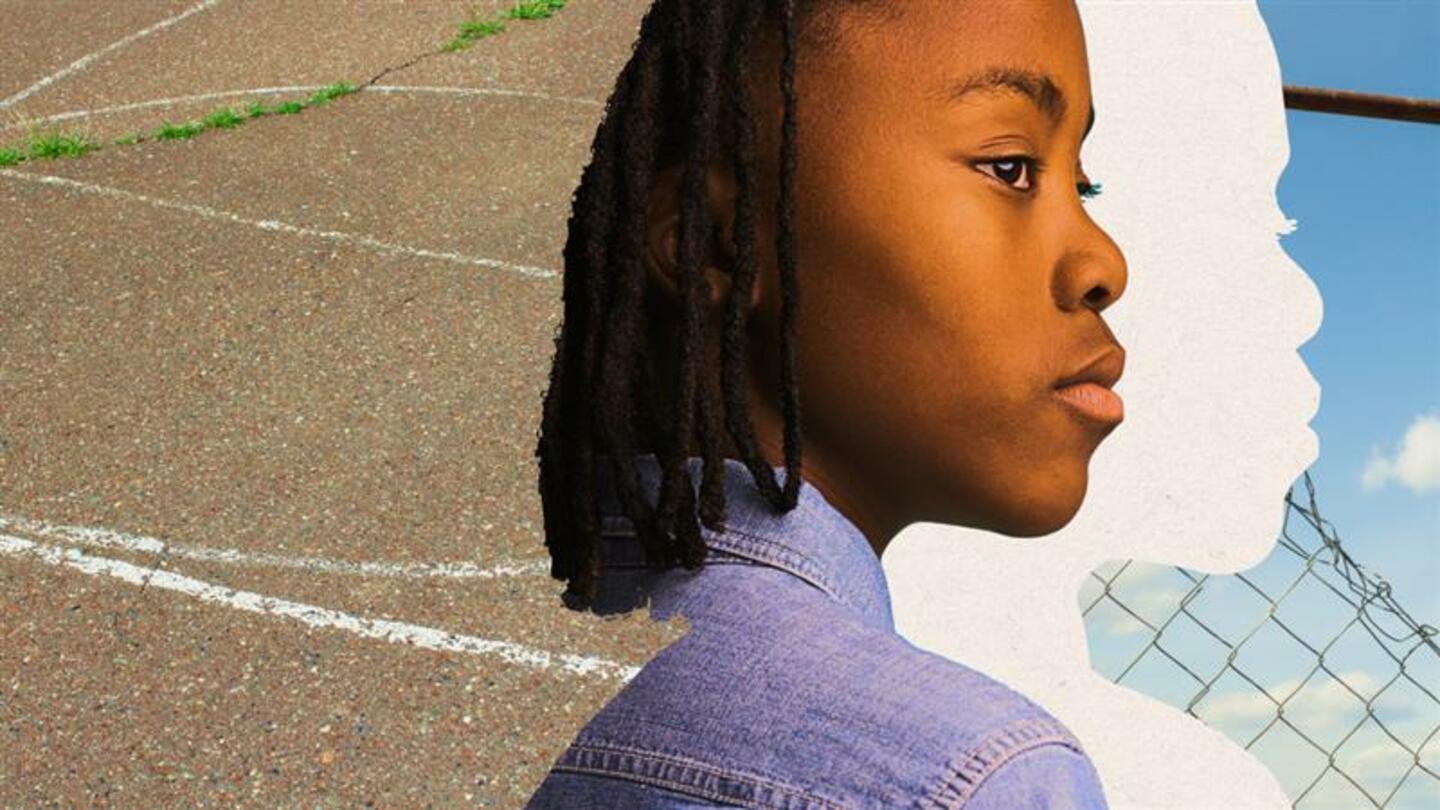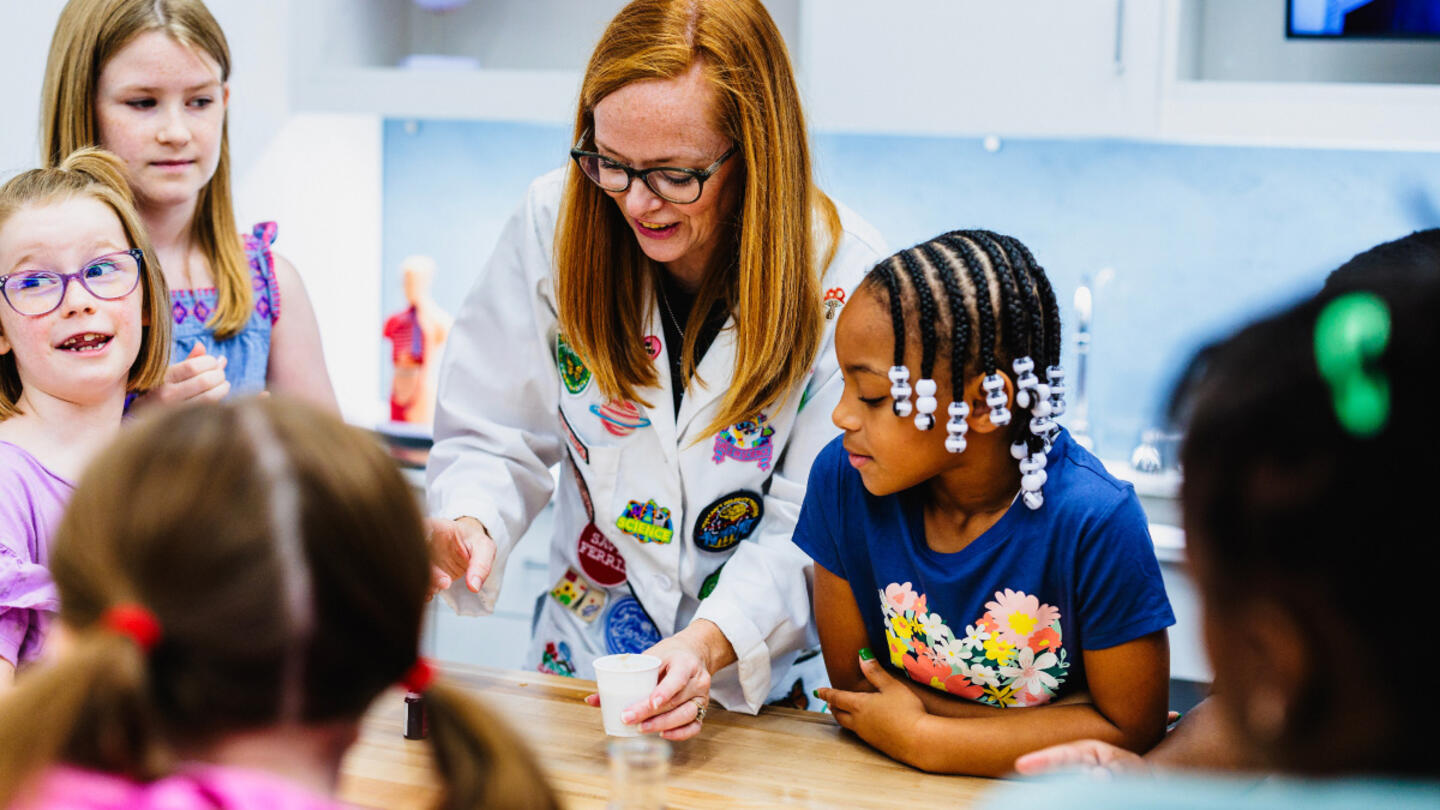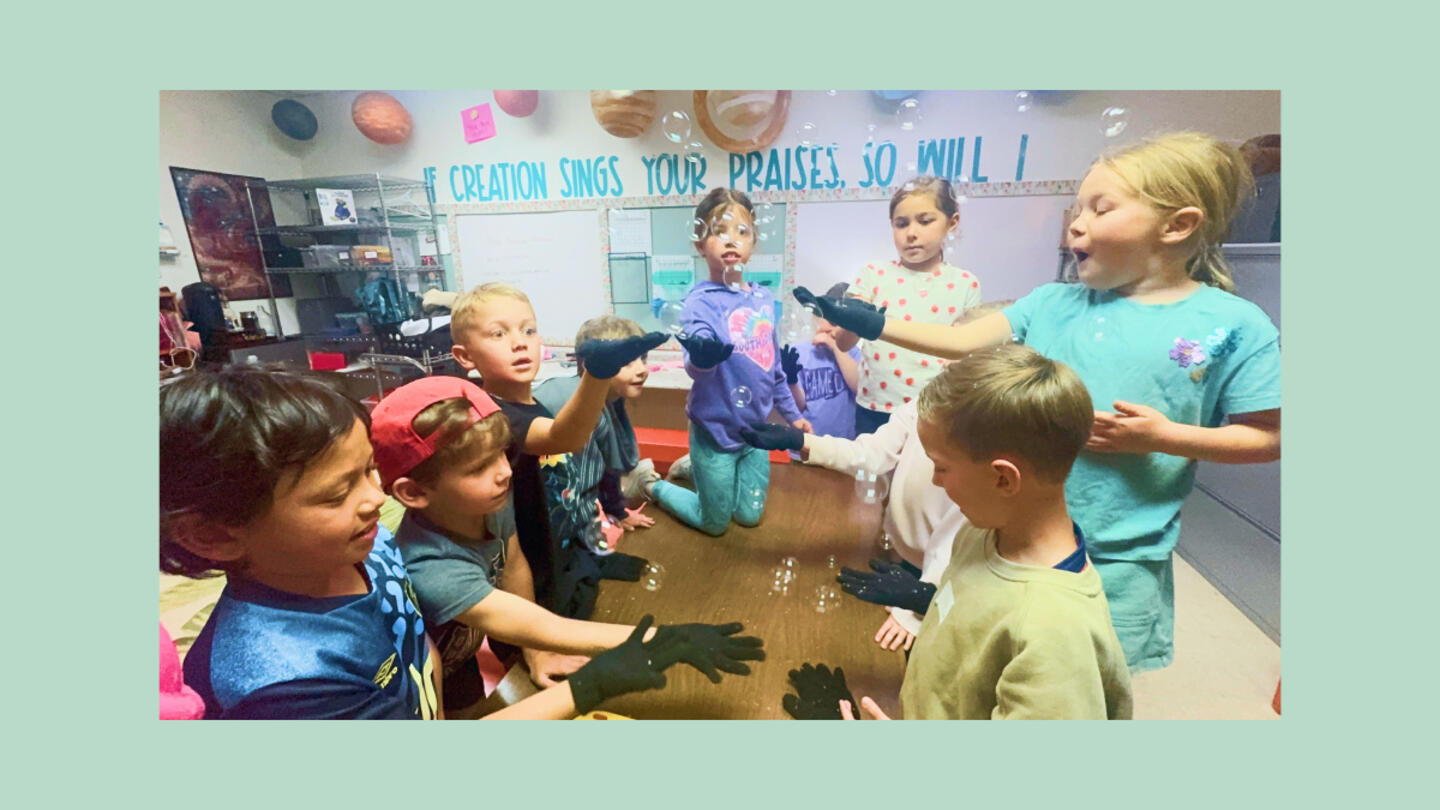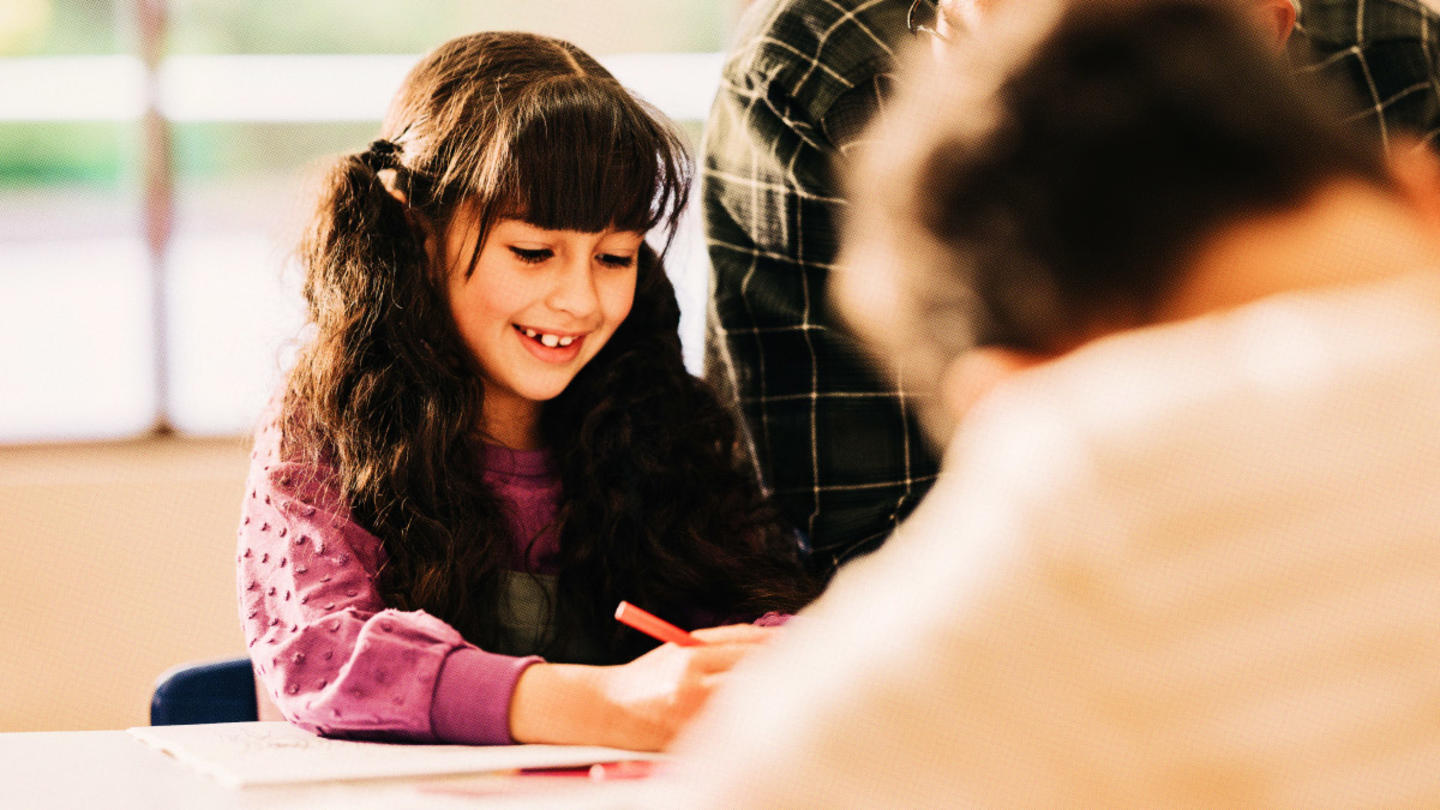Kim Dully realized a few months into her daughter's year in kindergarten that the local school wasn't going to cut it for her academically advanced child.
“She would finish worksheets, and then she had to wait for the other kids to also finish,” Dully remembered, recalling that her daughter frequently spent at least 20 minutes drawing while she waited. It was clear that her daughter was ready for harder levels of education, but they weren’t available to her.
Dully was aware that there were options where her daughter would be among peers who would challenge her, but the local private school was a financial stretch. She and her husband worked extra jobs and cut back to be able to enroll her daughter and older son in the private school, but they didn’t know how long it would last. When a local Love Your School representative suggested Dully apply for the Hope Scholarship, she realized the right school for her child was actually within reach.
As a mother of three, Dully quickly saw that what had been right for her eldest, wasn’t right for them all. Her children are now eleven, nine, and seven, but she has spent the years of their childhood moving them from public, to private, and back — whatever was best for their educational needs at the time.
“We evaluate every year because we have three unique kids and different circumstances,” Dully said.
It is exactly that mobility and freedom that the Hope Scholarship offers families like Dully’s. It leverages state-run education savings accounts, providing families the funds to choose what school suits their children best. As school choice expands, it’s changing the landscape of education altogether. No longer are the options only public or private. Now they’re public, private, microschool, homeschool, and everything in between.
More options = better classrooms for all
The Hope Scholarship is one example of an education savings account (ESA), which currently exists in thirteen states. ESAs allow families to use part of their state’s publicly provided education funding to design an individualized learning experience or choose a specific option that works best for their children. The program is available for K-12 students and can be used towards educational needs as wide-ranging as homeschool curriculum to funding for private schools and any other qualifying expenses.
In Dully’s case, the Hope Scholarship gave her the ability to seek out school settings that cater to each of her children’s unique needs. For instance, during COVID-19, her children’s education thrived rather than stalled because their teachers were able to have them work at higher levels in subjects they excelled at. Her youngest son has grown visibly more comfortable focusing and behaving in class due to being in a setting that prioritizes learning about keeping hands to yourself.
“My middle son, he has this confidence about him, and his public school teacher recently said, ‘I’m so sorry we can’t do more for him because I know he needs more,’” Dully described. Naturally active, her eight-year-old son, they’d discovered, was able to learn best when he was able to move around the classroom while listening, reading, and learning — an option that was only available to him within the flexible setting of his local private school.
“I really want to advocate for kids to love what they’re doing and take ownership of their education,” Dully said. “Education is something that nobody can take away from you.”
Although it may seem that the Hope Scholarship — and ESAs in general — exist to provide funding for families to switch from public to private school, this is a misconception. Instead, their purpose is to allow families the ability to examine all options and choose whichever one truly works best. For example, Dully’s children started out in public school before switching to private school with the help of the Hope Scholarship. As of 2023, they are all back in the public system — because it’s where they’re able to thrive best at this time.
“When we left (the private school), I was very emotionally attached to the school,” Dully remembered. “Once I took the emotion out of it, I was like, ‘Okay, let's look at this in black and white.’” Once she did, it was clear that public school would best suit her kids’ needs at that time. And there was no pressure if circumstances changed — Dully switched her children to public school knowing she could move them back into private at any time.
Different educational models can uplift and support different strengths, talents, and interests in students. As Dully put it, “Any one school setting does not work for every student all the time. Having large class sizes, my kids are doing great, but not every kid would do well, and they often need a smaller class size. They should have the ability to do that.”
Dully likens an educational landscape strengthened by increased options to a competitive marketplace. Not “‘competitive”’ in a hostile sense, but in an economic sense: Just as more prospective buyers lead to businesses improving and growing, more school choices can lead to each school identifying and amplifying its unique offerings.
“I have noticed that the public schools have been advertising a lot more and that they have commercials and billboards because they know it’s not just the assumption anymore that every kid in the county is going to go to that school,” Dully said. “They know that they have some competition, so they really have to beef up what they offer, which is the goal. We want it better for everybody.”
Sign up for Stand Together's K-12 newsletter and get stories, ideas, and advice from changemakers who are transforming education across the country.
A better community for all, one student at a time
The Hope Scholarship isn’t without its downsides. Two years ago, in Dully’s state of West Virginia, the Hope Scholarship was briefly ruled unconstitutional based on objections to using public funding to finance private schooling options. The West Virginia Supreme Court later overruled this decision, allowing the scholarship to continue.
Those who advocate for the Hope Scholarship believe that it has the potential for far-reaching, community-wide benefits. By giving families ownership over their children’s education path, it can lead to students who are more fulfilled, driven, and capable. This means young people can contribute their talents to their peers, classrooms, and eventual workplaces, too.
Dully’s own children thrived in educational settings that treated them like individuals, benefiting those around them. Even when Dully’s daughter went back to public school, she took the skills — like the ability to self-advocate and ask questions — she learned with her.
In this way, the Hope Scholarship sets students up for success in life — not just the school year. Dully hopes that modeling school choice will encourage young people to be inquisitive and explore all aspects of life, not just in the classroom. She points out that giving children the ability to pursue a variety of options can enrich and expand their ideas of what’s possible throughout life.
“We want them to be lifelong learners,” said Dully. “I don’t think you have to be in any one setting [to do that]. If something’s not working, you have the ability to change that. We get to do that as adults all the time. … Why can’t they do that in school?”
School choice: From fantasy to reality
In Dully’s home state, the Hope Scholarship is gaining traction. This past January, the state Senate and House education committee both approved a bill expanding the scope of the Hope Scholarship, including the number of eligible grantees and the types of education models that can be supported.
Other states — including Georgia and Rhode Island — are following suit. School choice becoming the norm rather than the exception, might not be far off.
And that in turn puts Dully’s vision of communities filled with more confident, empowered students squarely in sight.
“You are in control of what you want to do and where you want to do it,” Dully said. “We want [our children] to be in tune with who they are as a person. You don't have to be stuck in any one situation just because that's what everybody else does. You really get to create your life.”
***
The Hope Scholarship was supported by Stand Together Trust and yes. every kid. Love Your School is also supported by Stand Together Trust.
Learn more about Stand Together’s education efforts, and explore ways you can partner with us.

‘We want these boys to know that regardless of where they come from, they still can be excellent.’

This colearning space has the potential to bridge the divide between public and private education.

New Johns Hopkins data shows homeschooling’s recent surge has transformed the education landscape.
Step 1: Find the best learning environment for your child. Step 2? Figure out how to pay for it.
